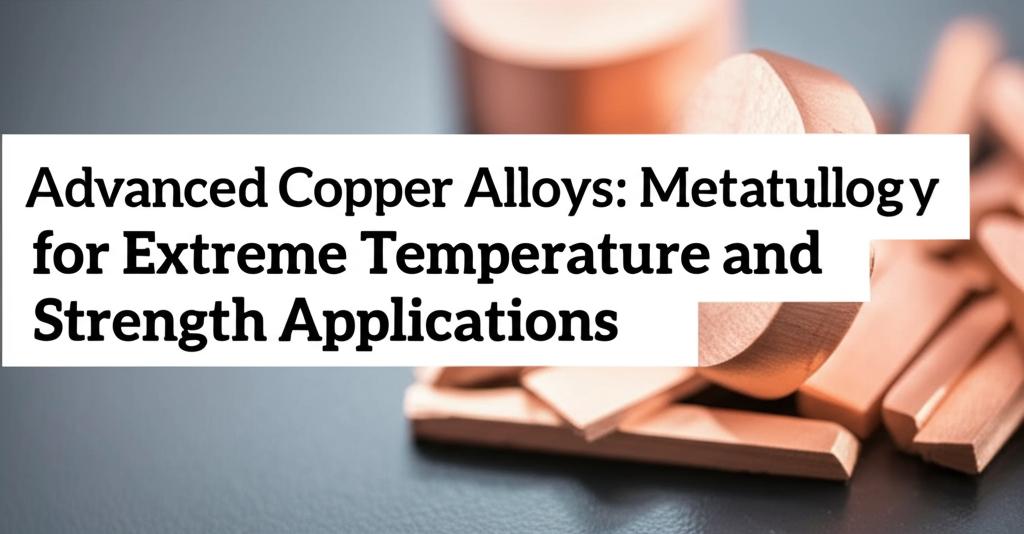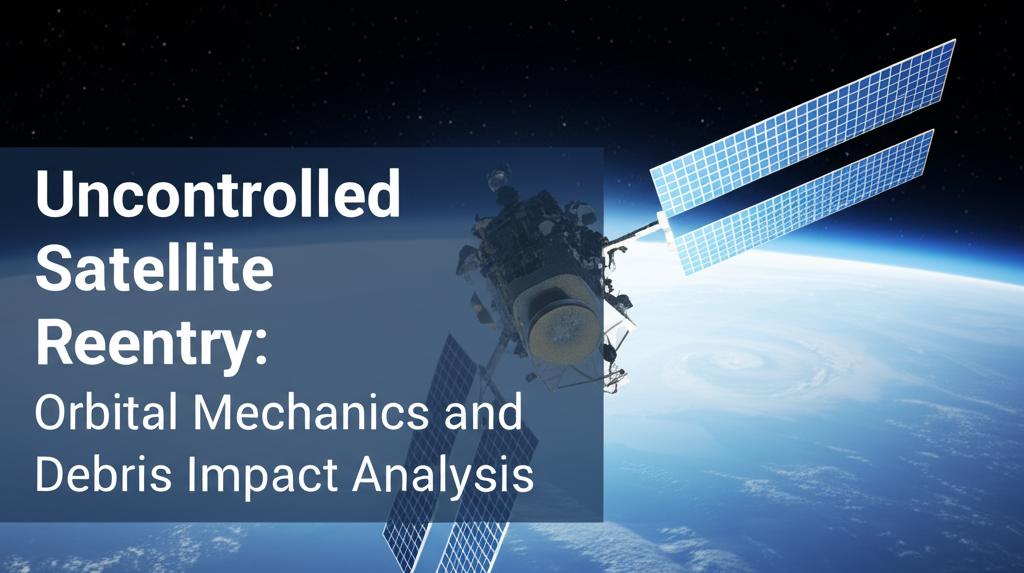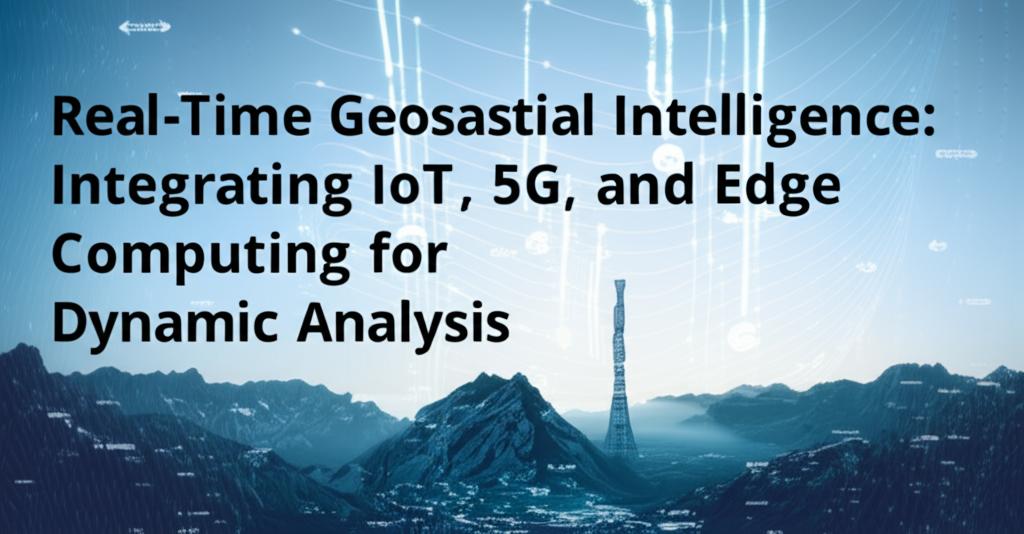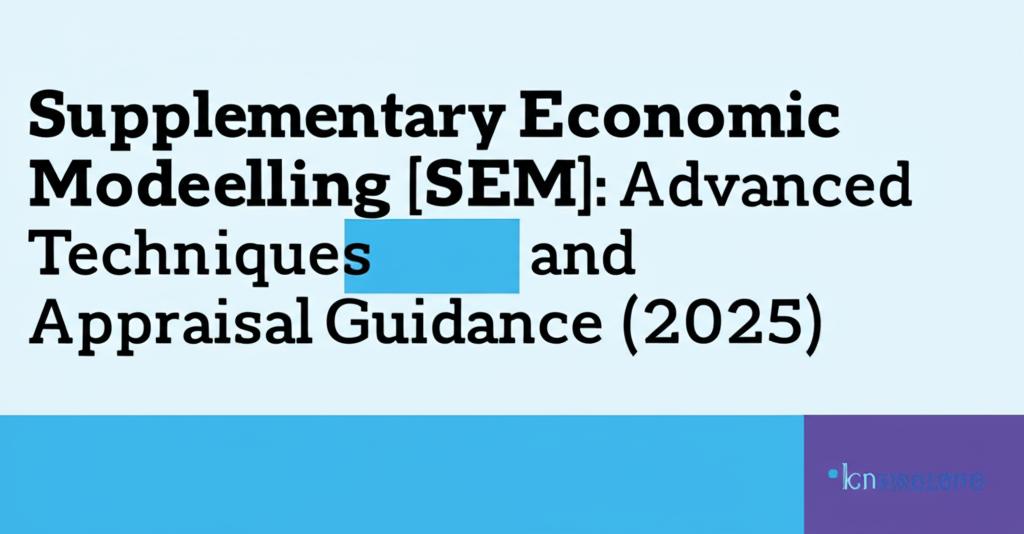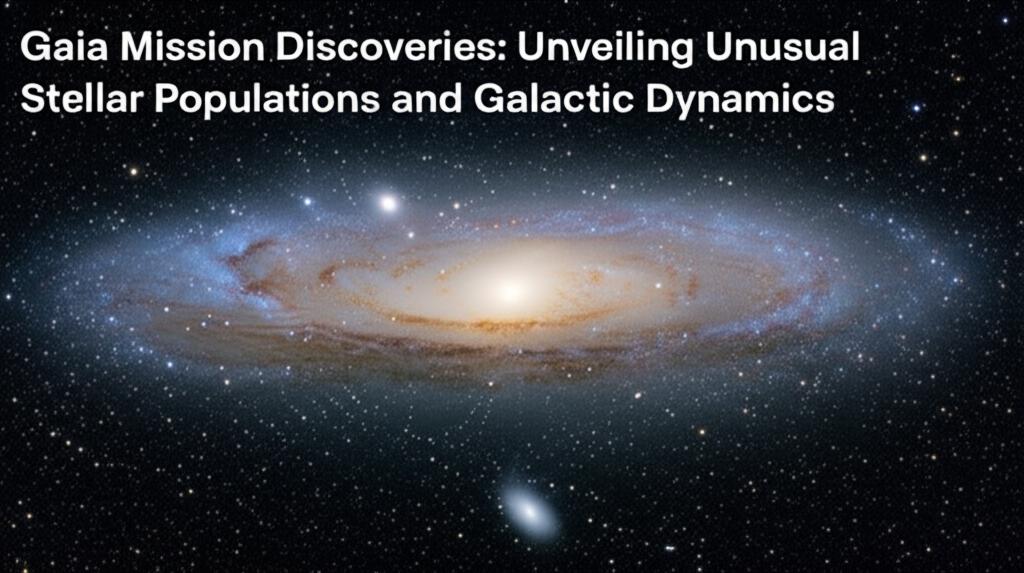Nanoplastics and Heavy Metal Adsorption: Environmental Chemistry and Toxicology
Nanoplastics, plastic particles ranging from 1 to 1000 nanometers, are an increasing environmental concern due to their widespread presence and potential to adsorb and transport heavy metals. This interaction has significant implications for environmental chemistry and toxicology. Adsorption Mech ...


